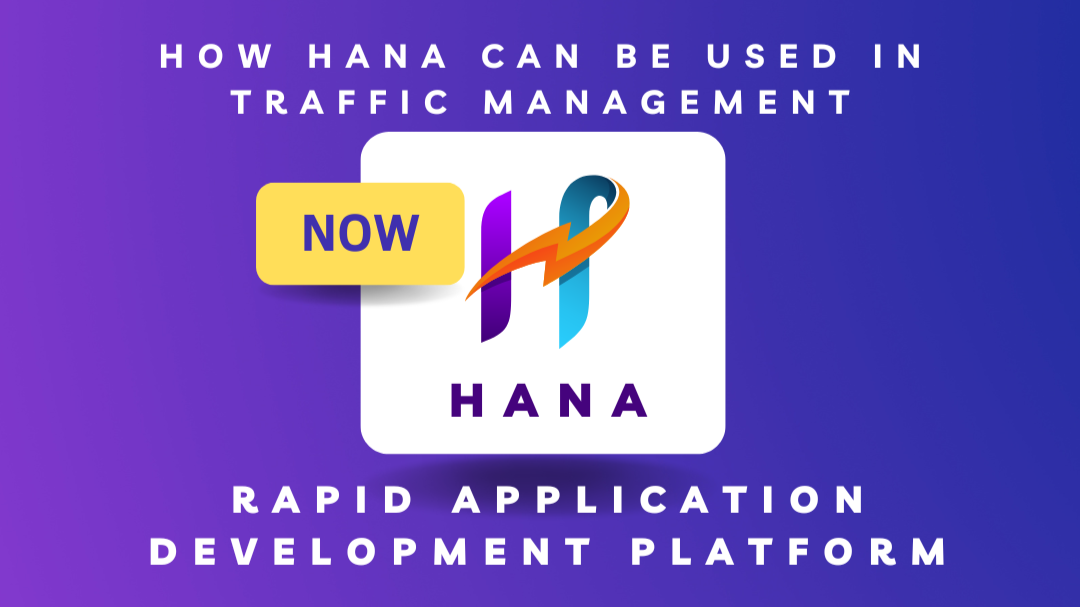- by admin
- April 22, 2025
How HANA Can Be Used in Traffic Management

Efficient traffic management is essential for reducing congestion, enhancing road safety, and improving the quality of urban life. HANA, with its real-time analytics capabilities, provides cities and municipalities with the tools needed to make data-driven decisions for better traffic flow and urban planning. Here’s how HANA can be utilized in traffic management:
1. Real-Time Traffic Monitoring
– Implementation: Use HANA to collect data from traffic cameras, sensors, and connected vehicles to monitor traffic conditions in real time.
– Benefits: Helps identify congestion, manage traffic flow effectively, and respond to incidents faster.
2. Congestion Reduction
– Implementation: Analyze data on traffic patterns and volume to predict congestion and suggest alternative routes or traffic management measures.
– Benefits: Reduces traffic jams, decreases travel times, and improves air quality by minimizing idle times.
3. Intelligent Traffic Signals
– Implementation: Leverage HANA to adjust traffic light timing dynamically based on real-time traffic data.
– Benefits: Improves traffic flow efficiency, reduces waiting times at intersections, and ensures smoother movement of vehicles.
4. Incident Detection and Response
– Implementation: Use HANA to detect incidents such as accidents, road closures, or stalled vehicles and notify response teams instantly.
– Benefits: Enhances response times, reduces traffic disruptions, and improves public safety by quickly addressing incidents.
5. Predictive Traffic Analytics
– Implementation: Analyze historical and real-time data to forecast traffic conditions and predict peak traffic hours.
– Benefits: Enables proactive traffic management, allows better planning for events, and minimizes the risk of congestion.
6. Public Transportation Optimization
– Implementation: Use HANA to analyze public transportation schedules, occupancy levels, and routes to optimize services.
– Benefits: Increases the efficiency of buses and trains, reduces waiting times for passengers, and encourages public transit use.
7. Toll and Congestion Pricing
– Implementation: Utilize HANA to monitor traffic volumes and implement dynamic toll or congestion pricing to manage demand during peak hours.
– Benefits: Discourages road usage during high congestion times, balances traffic distribution, and generates revenue for infrastructure improvements.
8. Traffic Flow Visualization
– Implementation: Use HANA’s visualization tools to create interactive dashboards showing real-time traffic flow and congestion points.
– Benefits: Provides traffic managers with an easy-to-understand view of traffic conditions, enabling better decision-making and planning.
9. Smart Parking Solutions
– Implementation: Monitor parking occupancy with HANA and provide real-time information on available parking spots to drivers.
– Benefits: Reduces the time spent searching for parking, minimizes congestion, and improves user convenience.
10. Data-Driven Urban Planning
– Implementation: Leverage traffic data in HANA to support long-term infrastructure and urban development planning.
– Benefits: Provides insights for improving road layouts, developing new infrastructure, and enhancing public transport networks.
By using HANA for traffic management, cities can reduce congestion, enhance road safety, and improve the overall quality of urban life, making transportation more efficient and sustainable.
